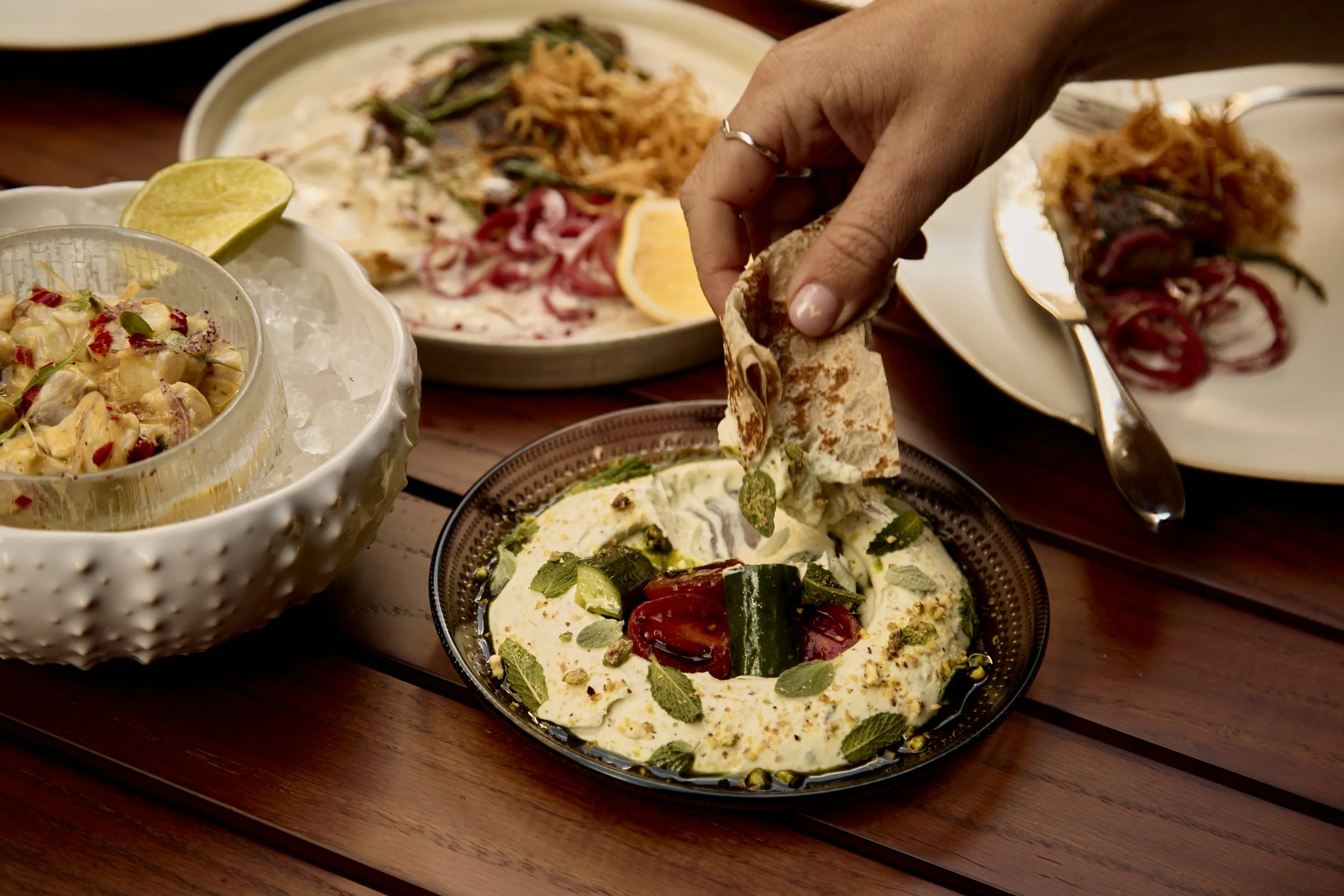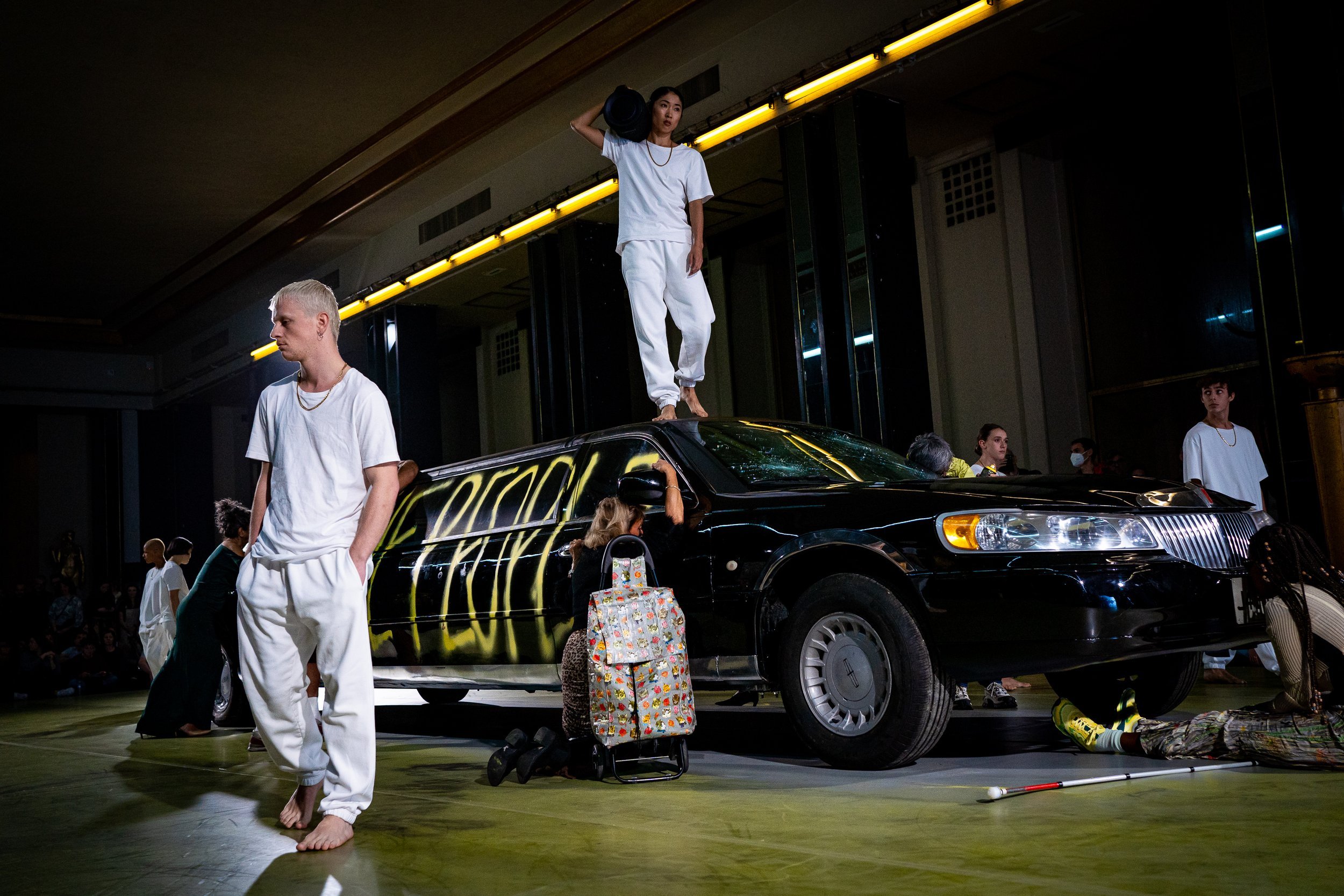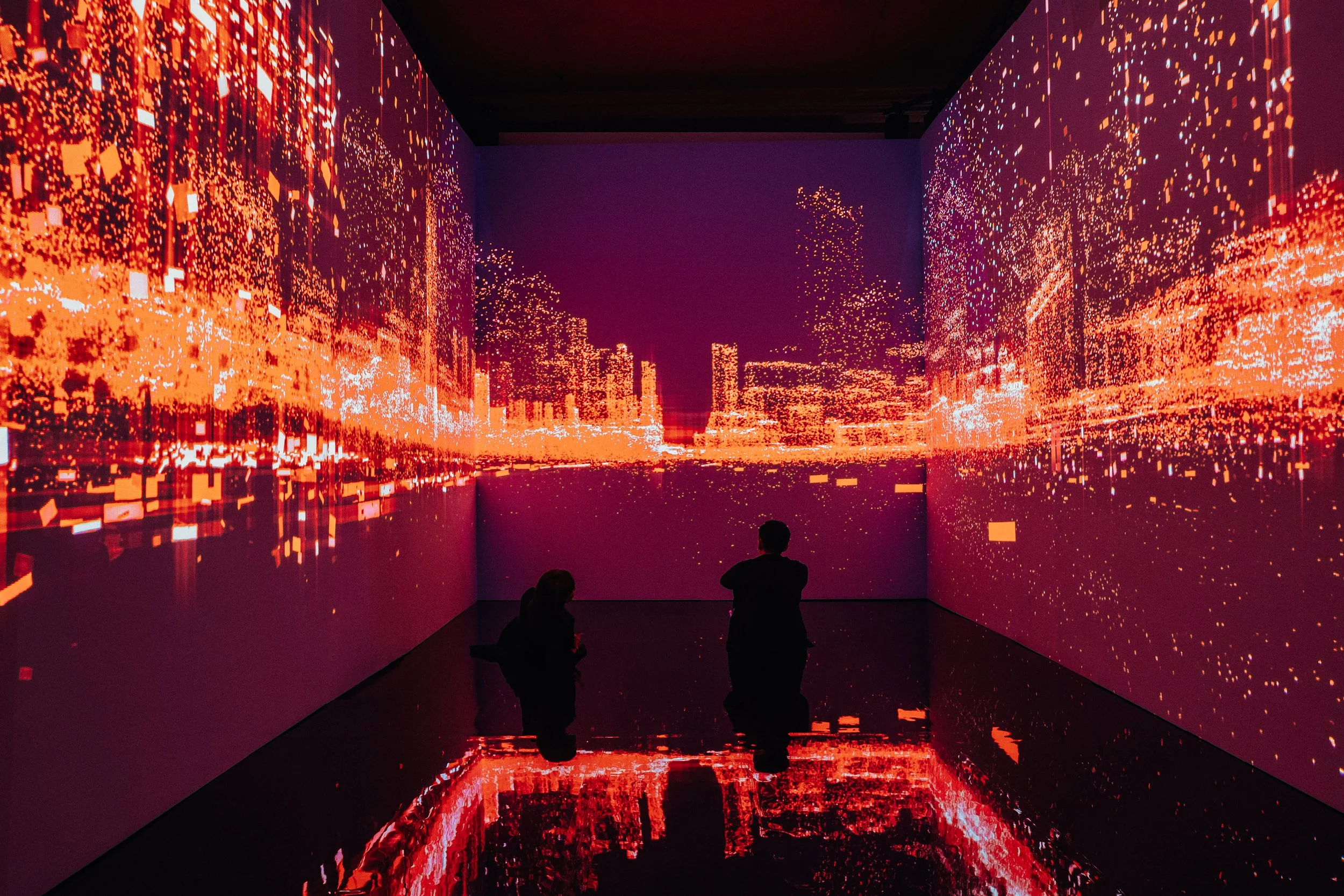Siena: The Rise of Painting, 1300-1350 at the National Gallery review
An important exhibition has opened at the National Gallery co-organised with the Metropolitan Museum of Art. The Mayor of Siena, Nicoletta Fabio was in attendance on opening day to mark the exhibitions significance. Normally a major exhibition would take two to three years to come to fruition, in this instance, it has been in the making for eight years. The exhibition first opened in New York but now it is London’s chance to see over one hundred works from the greatest Italian artists of the 14th century after having been dispersed throughout the world for centuries.
The National Gallery’s exhibition Siena: The Rise of Painting, 1300-1350 offers a fascinating glimpse into an era when Siena was a major artistic powerhouse, producing works that were highly decorative, expressive, and deeply religious. As someone with little background in Renaissance painting—and no personal connection to the religious themes—I wasn’t sure how much I would connect with the artwork. However, the exhibition makes a strong case for Siena’s unique contribution to art history, even for a secular viewer.
Pietro Lorenzetti (active 1306(?), died probably 1348), Pieve Polyptych, about 1320. Tempera on panel, 312 x 295 x 9 cm, Chiesa di Santa Maria della Pieve, Arezzo. © Gentile concessione dell’Ufficio Beni Culturali della Diocesi di Arezzo-Cortona-Sansepolcro / L.A.D. Photographic di Angelo Latronico.
Many of the works on display are altarpieces and devotional paintings, which might seem distant to a modern atheist viewer, but their sheer craftsmanship and beauty are undeniable. The gold leaf, delicate patterns, and expressive faces invite admiration, even without religious reverence.
To set the scene is to understand that at the time Siena was a bustling metropolis and commercial centre of banking and with merchants in cities as far away as London and Iran and was a city on the major pilgrimage route leading from Canterbury to Rome. People were coming in and out of the city bringing art works with them and buying items from artisans in Siena such as portable paintings and goldsmiths work.
Several significant Medieval and Renaissance painters were born and worked in Siena The exhibition explores the art of painting through four major painters to tell a story (Duccio, Simone Martini, and the Lorenzetti brothers) raising the status of Siena as the seed of influence over the course of Italian and European art. Siena had become fertile ground for these painters who took inspiration from other art forms as well as from each other. These painters were some of the first whose names came to be known as they signed their works which was not common at the time.
Duccio Maestà - Panels, 1308-11, Christ and the Woman of Samaria, Tempera and gold on panel, 43.5 x 46 cm. Museo Thyssen-Bornemisza, Madrid (133 (1971.7)). © Copyright Museo Thyssen-Bornemisza, Madrid.
One of Siena’s main sights is its cathedral; hence it was fascinating to go back in time and see Duccio’s Maestà (his only signed work) which was commissioned for the high alter of the cathedral originally five metres wide and five metres tall and was fully painted and gilded on both sides, the first double sided altarpiece in Western painting. It is thought elements of the work’s construction must have been carried out with collaborators in his workshop and likely to be the other artists featured in the exhibition who learnt from Duciodi Buoninsegna. On display we can see a drawing of the altarpiece in its entirety and at the centre of the room is the earliest surviving narrative altarpiece base showing scenes from Christ’s life. Originally this was likely to have been painted on a long plank but in 1771 was sawn in half for dismantling and then each individual scene was then cut for display. This exhibition reunites all eight of the surviving panels for the first time since their dispersal some 250 years ago. Quite a sight for the art historians of the world to behold.
I went through the exhibition appreciating the curators work in bringing together other works for the first time such as triptychs by Duccio – The Virgin and Child with Saint Dominic and Saint Aurea, and Patriarchs and Prophets, (about 1312-15) which has been in the National Gallery, London Collection since the 1850s; and The Crucifixion; The Redeemer with Angels; Saint Nicholas; Saint Clement, (1311–18) from the Museum of Fine Arts, Boston. The tenderness and emotion of the Virgin and Child is remarkable – the child reaching for his mother’s face, The virgin gently touching his knees, and her sorrow seeing ahead to his death. They seem to have been conceived as a pair for an individual, possibly Niccolò da Prato an important Cardinal resident in Avignon where he held court. These were portable objects intended for personal and private devotion.
Duccio, Triptych with the Crucifixion and other scenes, about 1302-8, Tempera on panel, 44.9 x 31.4 cm (central panel); 44.8 x 16.9 cm (left-wing); 45 x 17.1 cm (right-wing); 13.9 x 34.9 cm (spandrel). The Royal Collection / HM King Charles III (RCIN 400095). Royal Collection Trust / © His Majesty King Charles III 2024.
Another reunion is the Orsini Polyptych by Sienese artist Simone Martini (1284‒1344). another folding work of art, probably for Cardinal Napoleone Orsini, who belonged to one of the most influential princely families of medieval and Renaissance Italy. Today it is divided between the Louvre, Paris, the Royal Museum of Fine Arts, Antwerp and the Gemäldegalerie, Berlin. All six panels – Christ Bearing the Cross, Crucifixion, Descent from the Cross and Entombment (depicted on the front of the folding panting); and The Archangel Gabriel and The Virgin of the Annunciation are united here. It is hard to imagine we will ever see so many works of this era brought together under one roof.
In addition to paintings by the four key artists, Sienese works in a variety of media (metalwork, enamel, gilded glass, wood, marble, and manuscript illumination) and a selection of works from other countries and cultures (ivories, enamels, illuminated manuscripts, rugs, silks) are introduced throughout the exhibition to illuminate connections between the paintings of the four artists and the works of their contemporaries. Trade routes brought textiles from Greater Iran via Genoa and Venice, silks from Mongol territories and carpets from Turkey. The geometric patterns and textures of these rare objects are reproduced in Sienese paintings for the first time.
Duccio, The Nativity with the Prophets Isaiah and Ezekiel, about 1308-1311, Tempera on poplar, 48 x 86.8 cm (with engaged frame). National Gallery of Art, Washington. Andrew W. Mellon Collection (1937.1.8). Courtesy National Gallery of Art, Washington.
I also discovered the reputation of Siena’s painters went hand in hand with the fame of the city’s goldsmiths and would receive commissions from Naples, Sicily, and Hungary. They used a variety of techniques such as gilding, engraving, made moulds and was the earliest centre to develop the technique of basse-taille enamel in which low-relief silver is flooded with translucent coloured glass. Several goldsmiths held public office in Siena showing their prominence in Siena’s society. On display is an impressive golden staff “Crosier” (1315-20) from San Galgano, a monastic foundation allied to Siena.
The exhibition reminded me of a summer trip to Sicily when I visited an abundance of impressive churches in awe of the workmanship in each but as with this exhibition the religious symbolism can feel overwhelming at times and a viewer without prior knowledge might struggle to fully appreciate the nuances of certain themes but overall, Siena: The Rise of Painting is a visually stunning and well-curated exhibition that showcases a lesser-known side of early Renaissance art. For those who are keen but perhaps without a religious or academic connection to the subject the craftsmanship and historical context still make it a worthwhile experience.
Date: 8 March – 22 June 2025. Location: National Gallery, Trafalgar Square, London WC2N 5DN. Price: from £20. Free for Members.nationalgallery.org.uk
Review by Natascha Milsom







































